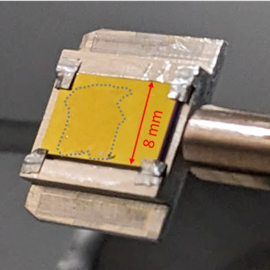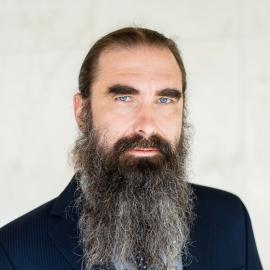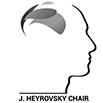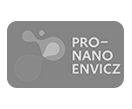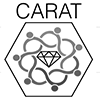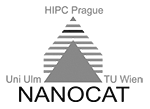Larger, cleaner, without defects. Scientists have found a new way to create 2D materials
Prague, 24. 4. 2024
Extremely pure two-dimensional materials are prepared in an unique apparatus under ultra-high vacuum conditions by scientists from the J. Heyrovsky Institute of Physical Chemistry of the CAS. They have developed a new method for this purpose, which they describe in the journal ACS Applied Electronic Materials. The method will also be used to produce other materials, including combinations of these materials in the form of so-called multiscale materials, which provide unique properties for practical applications).
The world's first two-dimensional material, graphene, was created twenty years ago by scientists Andre Geim and Konstantin Novoselov. Using duct tape to peel off a layer of atoms from graphite, graphene was created and the scientists were awarded the Nobel Prize in 2010. Since then, teams around the world have been preparing new two-dimensional materials, combining them with other nanomaterials and discovering new types of multiscale materials with unique properties. These unique materials are then used in applications such as electronic devices, medicine and environmental technologies).
In industry, nanomaterials are mainly prepared by chemical synthesis and suffer from many defects. However, for scientific purposes, two-dimensional materials are needed that also have the maximum surface area but at the same time a minimum defects. They are usually prepared by exfoliation, or peeling off one or more layers of atoms from a crystal of the desired material, which is often still done manually using adhesive tape and under atmospheric pressure.
Scientists from the J. Heyrovsky Institute of Physical Chemistry of the CAS have now introduced a unique ultra-high-vacuum apparatus where they can prepare two-dimensional materials with a larger surface area and a minimum of defects thanks to high-quality starting crystals by exfoliation. The ultra-high vacuum protects the material from contamination.
"Instead of manual manipulation, it is now possible to perform exfoliation in the chamber of the vacuum apparatus using special holders and by movements of the manipulators," summarizes the goal of several years of effort Jan Plšek from the J. Heyrovsky Institute of Physical Chemistry of the Czech Academy of Sciences, who participated in the discovery.
100 % of the crystal area
The scientists built the exfoliation apparatus in their laboratory. They used a thin layer of gold and silver as an adhesive layers. The molybdenum disulphide (MoS2) crystal was then pressed onto the substrate using manipulators and, after detaching the only two-dimensional layer stays on the substrate. Prepared sample then can be further tested without exposing to the ambient atmosphere.
"In this way we obtained the maximum area of two-dimensional material - almost 100% of the parent crystal area, without contamination and with minimum defects," emphasizes Jan Plšek. Another advantage of the new instrument, he says, is that sample preparation and basic characterisation are carried out in one place.
Universal use of the method
Although the method, which the researchers described in a study published in the journal ACS Applied Electronic Material, was tested on a molybdenum disulfide crystal, ongoing research has shown that it can be readily applied to other layered materials.
Researchers from the J. Heyrovsky Institute of Physical Chemistry of the CAS want to use the method, for example, in the AMULET project, which involves 145 scientists from eight scientific institutions. The aim of this project is to develop advanced, so-called multiscale materials with a wide application potential. Experts will investigate how multiscale materials interact with the biological environment, whether they can be used for electrochemical or optical sensors, in electro-photochemical catalysis for the removal of pollutants from air and water and, last but not least, they will test new nano/micro-devices for energy conversion, production and storage.
"Research in the field of nanomaterials is very broad nowadays. The AMULET project will allow us to connect a number of directions in this field, which may bring unexpected discoveries," said project coordinator Martin Kalbáč from the J. Heyrovsky Institute of Physical Chemistry of the Czech Academy of Sciences.



